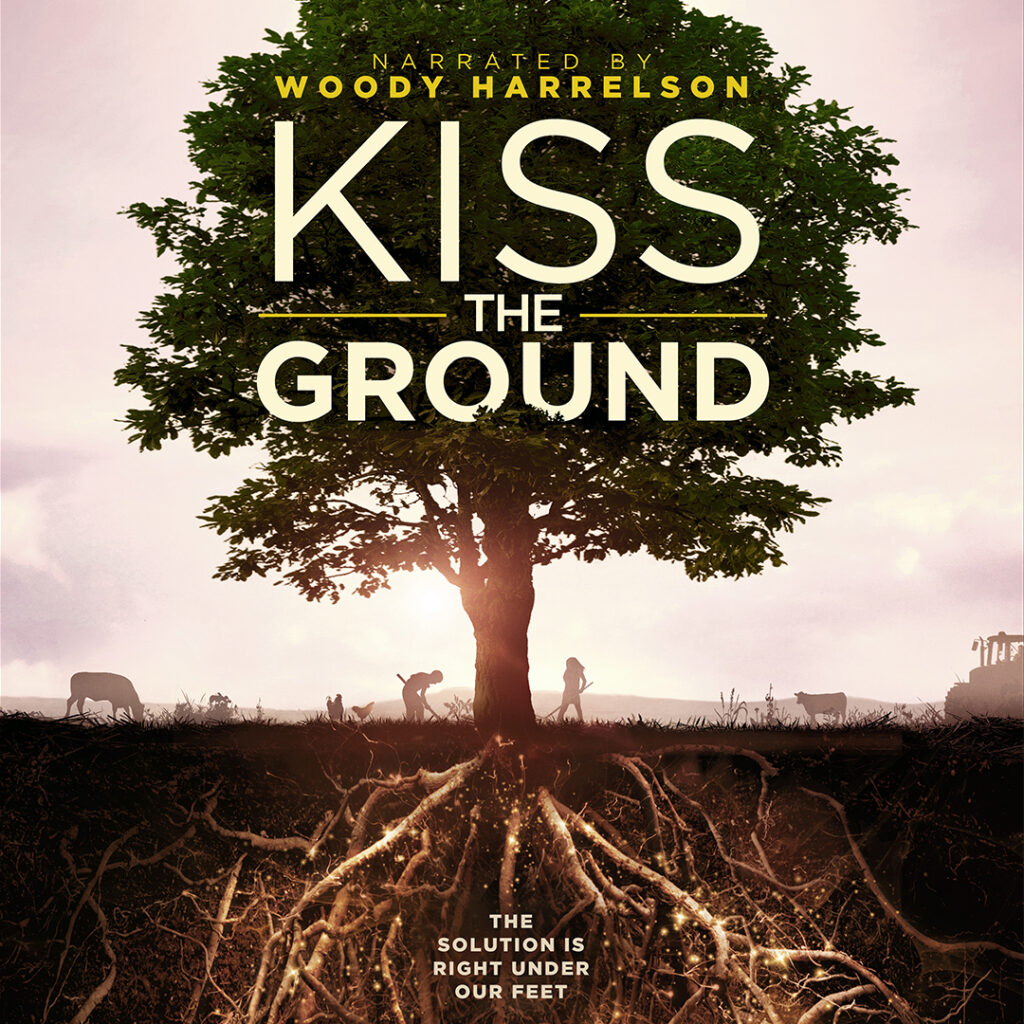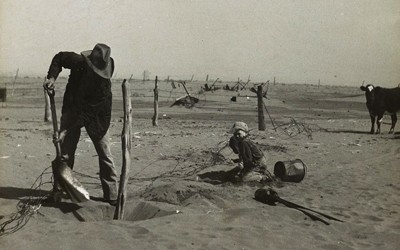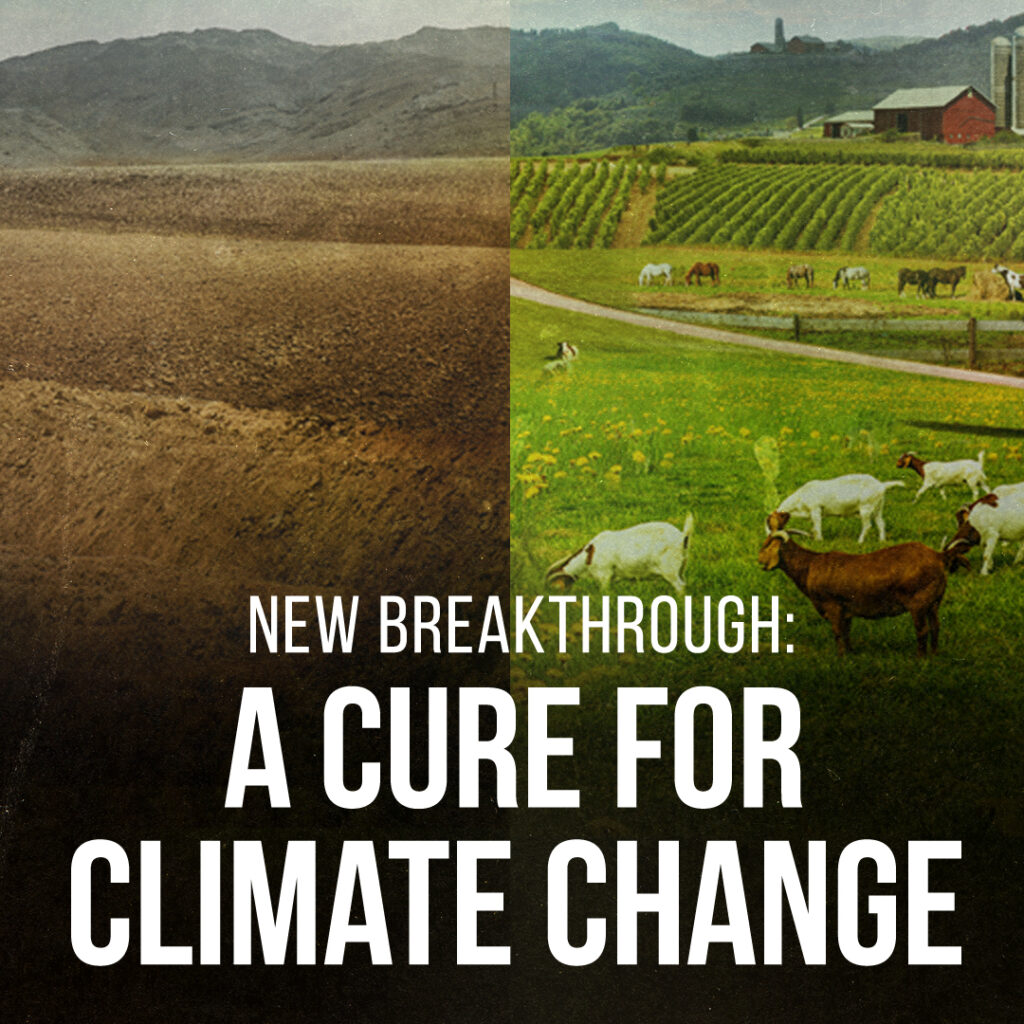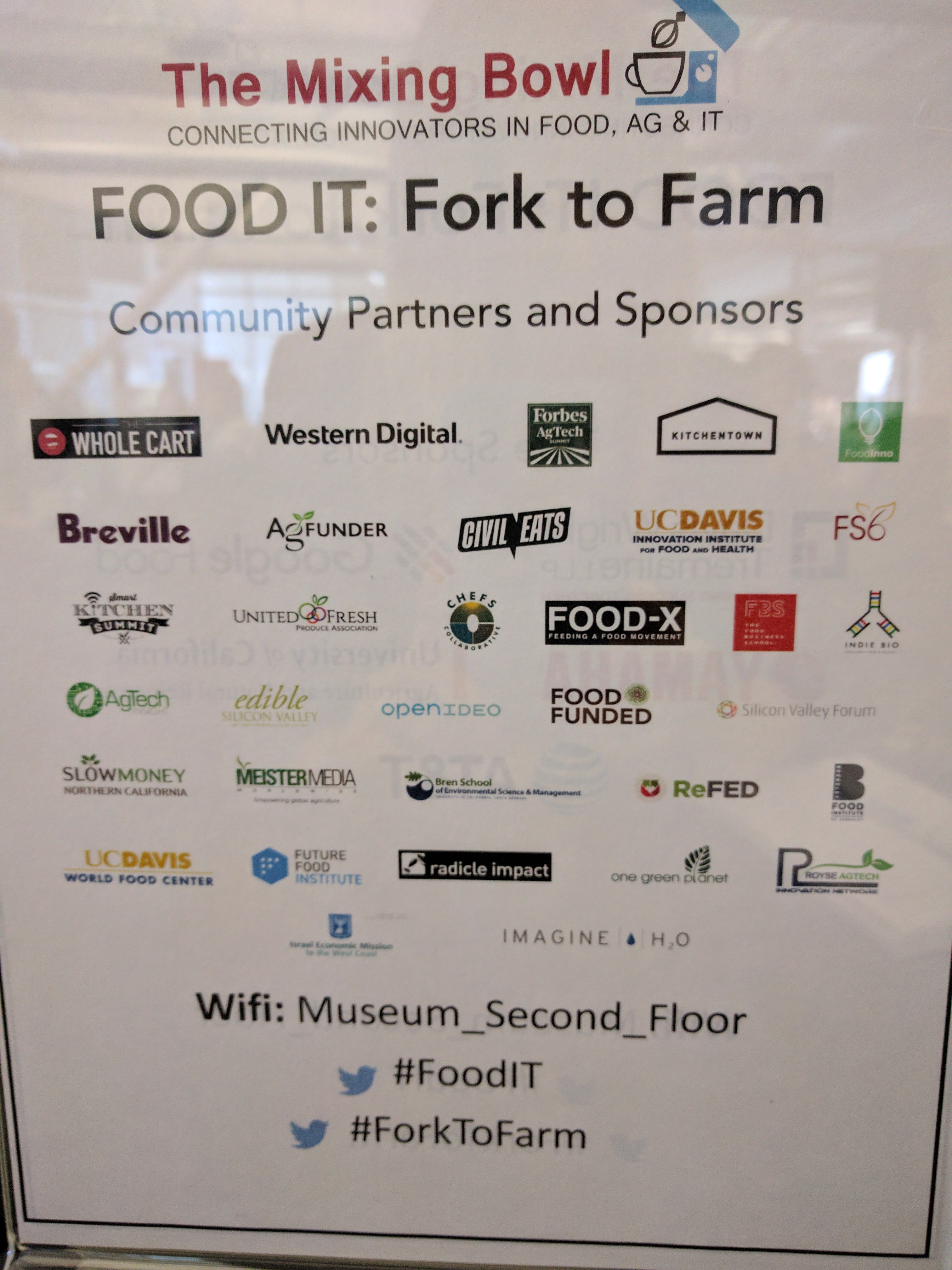
‘We must harness the regenerative power of Earth itself‘ – says Woody Harrelson in the movie Kiss the Ground. The catastrophic effect of years of farming malpractice is hurting our planet, but can agriculture be turned around to become a climate change savior?
Problem One: Industrial Agriculture
After World War II, the US embraced the new industrialized method of farming. Out went the concept of nurturing the land, and in came the heavy usage of pesticides and fertilizers. These toxic pesticides kill soil microbes and soil fertility – so, heavy doses of nitrogen-based fertilizers became the only way to grow any crops on this denuded soil.
‘Every year, for every American alive, three pounds of toxic chemicals is sprayed onto the food grown on our farms’.
These chemicals are prevalent throughout our environment, and are now present in every American at alarming levels. They are linked to cancer, birth defects and behavioral problems.
Problem Two: Desertification
In the 1930s, the US Midwest experienced one of the largest ecological disasters in history as the once fertile plains turned to dust. The tilling and mismanagement of the land resulted in soil erosion and a 200 million acre Dust Bowl.

Damaged, bare soil is an emitter of water and carbon dioxide. That results in dried out soils and the process of desertification. Healthy plant cover creates its own microclimate and is responsible for 40% of the local rainfall – take that away and you get drought and dust.
One third of the world’s topsoil has been lost since the 1970s – and 40 million people per year become food refugees as their farmland turns to desert.
Problem Three: Factory Farming
Industrial agriculture separates livestock from the land. Cows, pigs, and chickens are ‘raised’ in CAFOs or factory farms, and live short lives of intense misery. Their food is hay, soybeans and corn grown separately in vast subsidized operations. Millions of hectares of farmland are used purely to grow animal feed, underpinned by the Federal Farm Program.
Solution One: Bio Sequestration
Simply put, healthy soil is able to store carbon in vast quantities. At COP21 in Paris, the Four for 1000 Initiative calculated that a 0.4% annual increase in soil’s carbon would capture the whole planet’s emissions for that year! And, once you add plants and trees to the mix, even more carbon can be fixed in the soil through their root systems and soil microorganisms.
Even better, if we manage our forests and farms to store carbon rather than emit carbon, we will dramatically reduce the carbon in our atmosphere in just 20-30 years, says Paul Hawken of Project Drawdown. This has the potential to suck up the legacy carbon load in our atmosphere, returning our climate to pre-industrial cooler climes.

Solution Two: Regenerative Agriculture
Regenerative agriculture nurtures the land and integrates livestock into farm management. No-till planting of crops retains the integrity of the soil and diverse crops allow for year-round crop cover. Managed grazing of cattle benefits the land and improves soil quality.
In China, the Loess Plateau was an environmental disaster after years of intensive farming. The bare mountains stood as testimony to the poverty of the land and people. In just 15 years, this region was transformed into a green paradise using regenerative practices.
Solution Three: Food Waste Composting
The City of San Francisco is a pioneer in food waste management. Food waste sent to the landfill generates the potent greenhouse gas methane. Instead, San Francisco collects its domestic and retail food waste and turns it into compost in just 60 days. 700 tons of compost is now returned to the land every day!
Solution Four: Eating Sustainably
Like me, follow a vegan lifestyle that has the lowest carbon footprint of any diet. If that is not for you, choose meats, eggs and dairy that are pasture-raised or free range with high animal welfare standards. And for your produce, select organic foods without pesticide usage to help support best agricultural practices.
Find Out More
- Watch the movie Kiss The Ground
- Buy the book Kiss The Ground and support local bookstores too!
- Reduce your food’s carbon footprint
- Check out the growing power of urban farms
- How is food waste a good thing?
- How can we make our food systems more sustainable?
Thanks to Sustainable Works and the City of Santa Monica for arranging the watch party for this movie!







A nice summary. I appreciate your tolerance for omnivores.